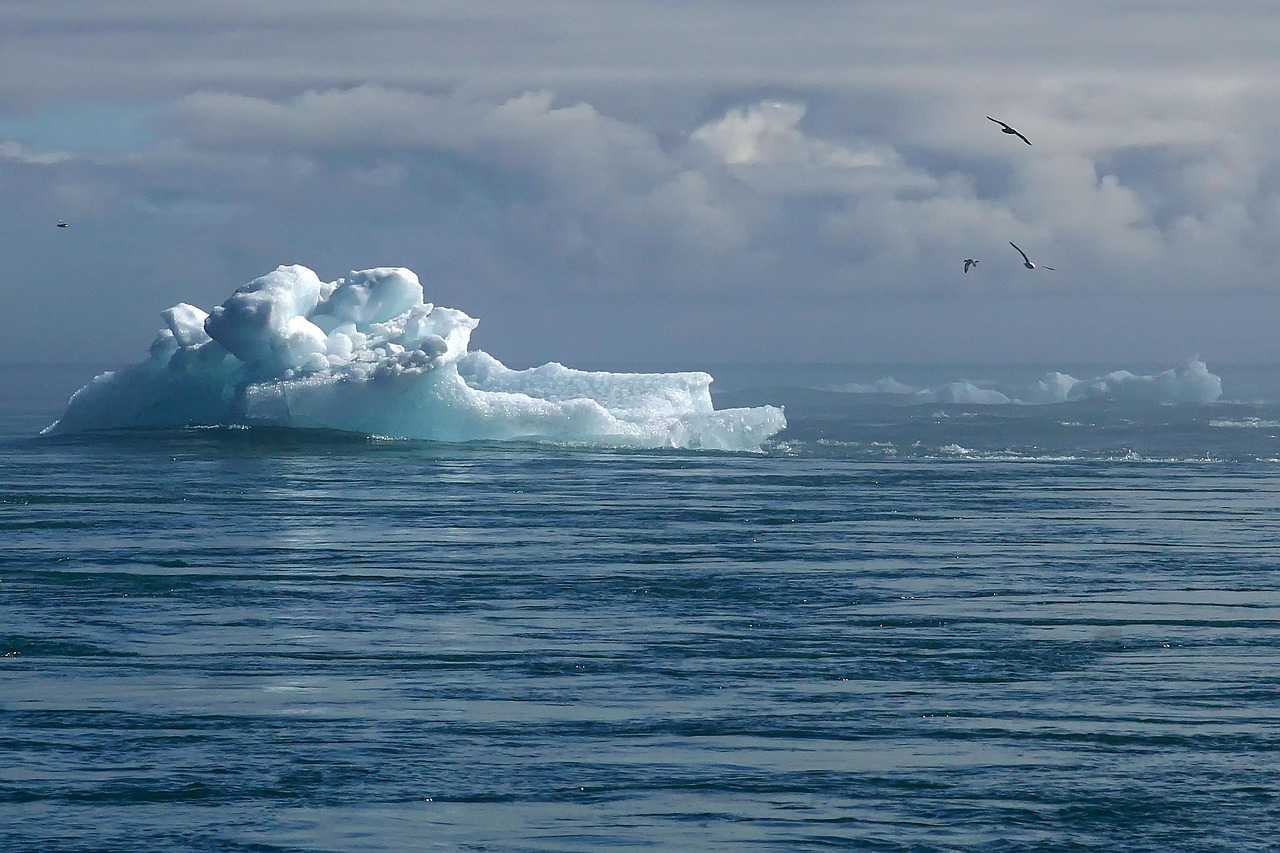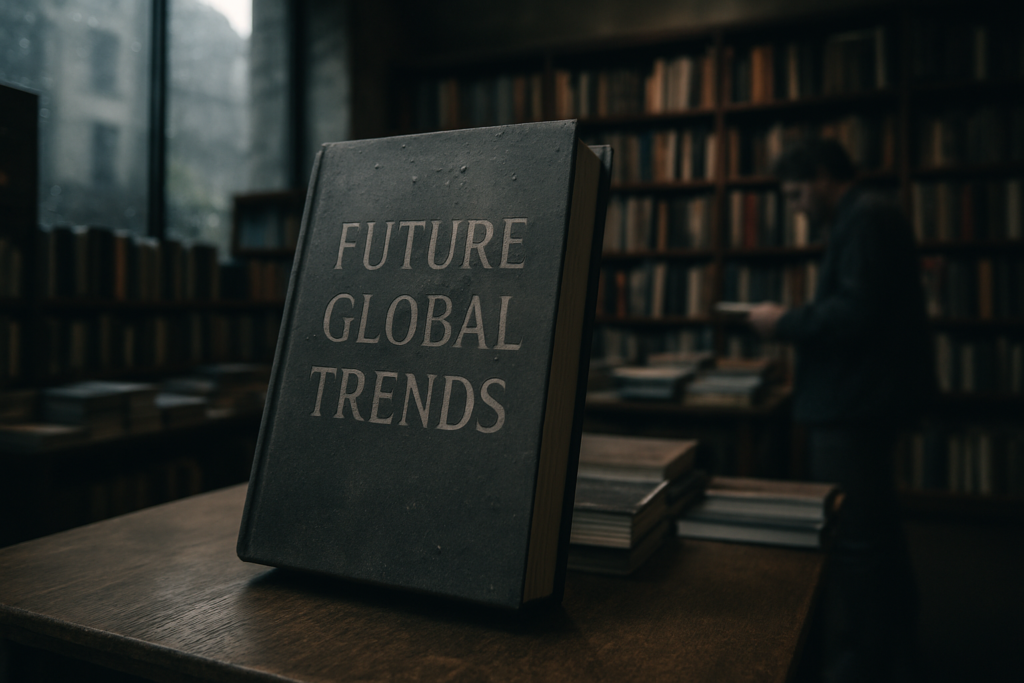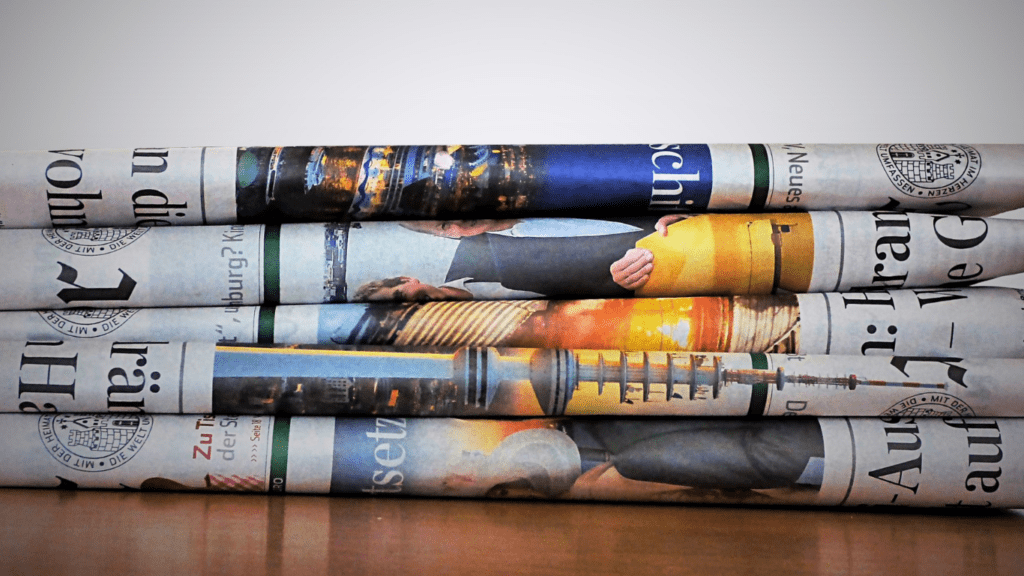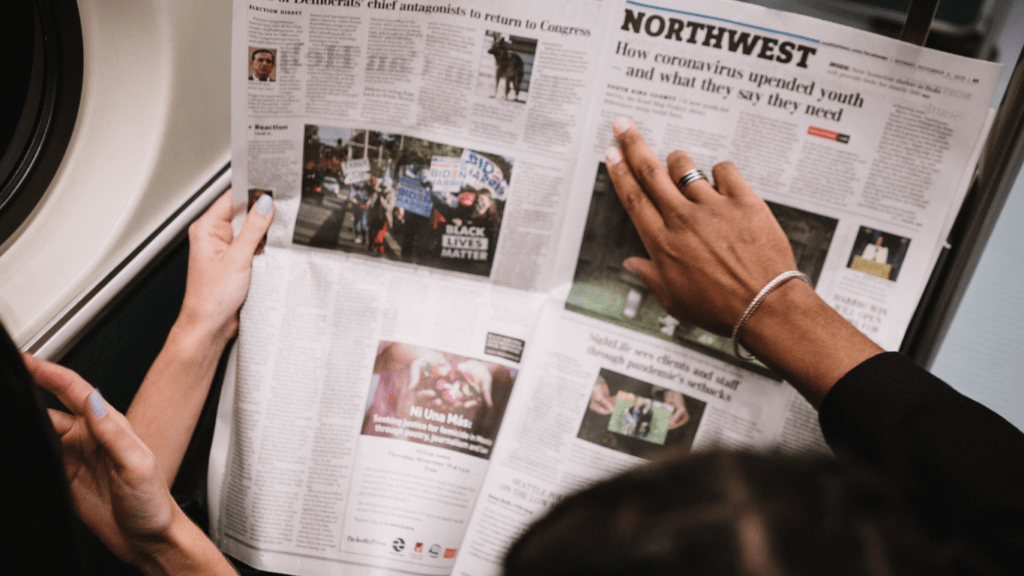Shifting Power Dynamics
The global balance is shifting, fast. Emerging economies like India, Brazil, Indonesia, and Nigeria are moving from the margins to the center of international decision making. With growing populations, rising tech sectors, and stronger regional alliances, they’re no longer waiting for hand me downs from the West.
Meanwhile, traditional powers are recalibrating. The U.S. remains a key player, but no longer plays solo. China continues to flex economic muscle, even as its influence is checked by internal challenges and global pushback. India is becoming the ‘non aligned’ lynchpin, making deals across blocs while boosting its own soft power through tech, culture, and diplomacy. The EU juggles green ambitions, economic competitiveness, and unity amid internal disagreements.
Trade deals are being rewritten. BRICS is expanding. The Global South is asking harder questions. Alliances like the Quad, ASEAN, and African Continental Free Trade Area are shaping a new kind of multipolar order. It’s less about who leads and more about how influence is negotiated and traded.
The flux isn’t over, but the old playbook is. Anyone watching the world stage in 2024 needs to stop assuming yesterday’s players still call tomorrow’s shots.
Energy Transitions Accelerating
The global shift from fossil fuels to renewables isn’t creeping it’s sprinting. Wind, solar, and battery storage are scaling faster than expected, driven by a blend of climate pressure, policy mandates, and private investment. What once seemed like slow, strategic planning is now a scramble to modernize before the old systems break.
Governments are playing both the accelerator and the architect. The U.S. Inflation Reduction Act, the EU’s Green Deal, and China’s aggressive EV targets are reshaping how materials move across borders. Solar panels, rare earth metals, and hydrogen tech are now essential trade items, pulling supply chains in new directions and forcing a rethink of old manufacturing maps.
But speed comes with friction. The energy market is volatile prices shift with the wind (sometimes literally). Nations are now not only investing in renewables but also racing to secure their own energy sovereignty. Reducing dependence on oil doesn’t just mean fewer tankers; it means building out local grids, battery storage, and sustainable logistics fast enough to keep up with consumption.
The hard truth: the energy game is no longer just about what power you generate it’s where, how fast, and who controls the flow.
Tech, AI & Digital Governance
The global race for AI dominance isn’t just about who builds the smartest bots it’s about who sets the rules. The U.S., China, and the EU are deploying billions to fuel innovation, lock down talent, and shape AI standards that could stick worldwide. This isn’t clean competition. It’s fast moving, politically charged, and full of strategic plays from chip export bans to subsidizing homegrown AI labs.
Alongside development, watchdog concerns are growing fast. Surveillance tech is getting more sophisticated, and countries are drawing hard lines between national security and individual privacy. For every claim of safety, there’s a quiet gain in control. Western democracies and authoritarian regimes are clashing over what digital rights look like going forward. For citizens, it means navigating more monitoring often without notice.
At the same time, cybersecurity risks are leaking across borders. State backed attacks are targeting infrastructure, elections, and platforms that vloggers and other creators depend on. The line between information war and digital vandalism is faint. Governments, industries, and individual users are all grappling with how to secure systems that were never built for this level of threat.
Bottom line: technology isn’t just evolving it’s redrawing the global power map. And whether you’re building products or content, your digital footprint is part of that story.
Climate driven Diplomacy & Risk

Climate is no longer just an environmental issue it’s playing out in foreign policy, trade, and national defense. Countries are repositioning. The EU is tightening its climate benchmarks. The U.S. is leaning into green tech diplomacy. And China is mixing climate commitments with strategic resource acquisition. What used to be soft pledges are turning into hard tactics.
Extreme weather continues to pound infrastructure and displace populations. That’s creating new fault lines not just where storms hit, but where people move afterward. Migration tied to climate stress is now a trigger for regional tension, policy shifts, and in some cases, hardened borders.
At the same time, the Global South is stepping up. From Latin America to sub Saharan Africa, emerging nations are demanding a bigger voice in climate talks. They’re linking historical emissions to accountability and they’re pushing for more funding, fewer strings, and greater influence over the next set of global climate frameworks. The balance of power at the climate table is shifting.
(Explore more: international insights)
Conflict Zones & Fragile States
From Eastern Europe to the Horn of Africa, conflict zones remain pressure points for global stability. Ukraine’s ongoing fight has outlasted early expectations and reshaped NATO’s long term posture. Sanctions, energy redirection, grain exports it’s all still moving targets. Meanwhile, Sudan’s civil breakdown has triggered displacement across borders and severed economic corridors in East Africa. These aren’t isolated events they’re flashpoints that tie directly into global supply routes, commodity access, and refugee flows.
Fragile states don’t just collapse quietly. They send ripples fueling smuggling networks, raising food and fuel prices, and forcing population shifts that test neighboring states and global institutions alike. The connections are tight: instability in the Sahel changes migration patterns into Europe; blocked grain from Ukraine impacts food prices in the Middle East.
Then there’s the balancing act: western democracies weigh how much to intervene, while global powers measure influence against risk. We’re in an era where humanitarian disasters aren’t separate from geopolitical calculus they’re part of it. As these crises escalate or overlap, so does the complexity for international response.
Global Markets Watching Central Banks
Central banks are in a tough spot. Inflation is still a buzzkill across much of the world forcing policymakers to stay aggressive on rate hikes longer than anyone expected. The catch? When one big player like the Fed or ECB moves, everyone else feels it. Interest rate shifts echo globally now. No economy is an island, and capital flows aren’t waiting for slow reactions.
Emerging markets, especially, get squeezed. When rates climb in the U.S., money often leaves developing economies in a flash. Meanwhile, China’s slower growth and stimulus drips are reshaping regional expectations. Everywhere, the same balancing act plays out: tap the brakes hard enough to cool prices, but not so hard the whole thing crashes.
Some regions are leaning on stimulus plans or targeted economic boosts, but the timing is tight, and public patience is thinner. Vloggers covering finance, economics, or geopolitical developments should keep all eyes on central bank signals they’ll influence everything from consumer behavior to brand budgets.
(Dive deeper in international insights)
What to Track Next
The next wave of global tension won’t just be waged on battlefields or markets it’ll show up in boardrooms and codebases. Cross border tech regulation is heating up fast. Nations are drawing lines over data sovereignty, AI governance, and digital trade rules. Expect clashes between open access ideals and national security priorities.
Meanwhile, basic resources are becoming pressure points. Water scarcity, disrupted food chains, and the scramble for rare earth minerals are no longer slow burning issues. They’re now on the front page of economic and environmental policy. Governments are looking inward, focusing on self reliance.
Regional resilience is no longer a catchphrase it’s becoming policy. Countries are investing in local manufacturing, food production, and energy autonomy. Global interdependence isn’t going away, but it’s being rebalanced. The world isn’t fragmenting, exactly. But it is hedging its bets.


 ____________
____________
